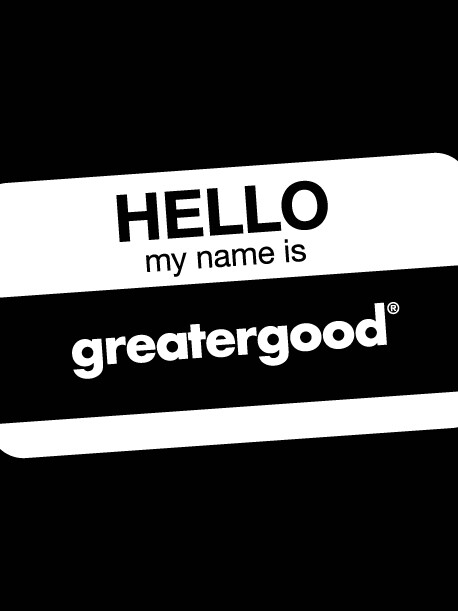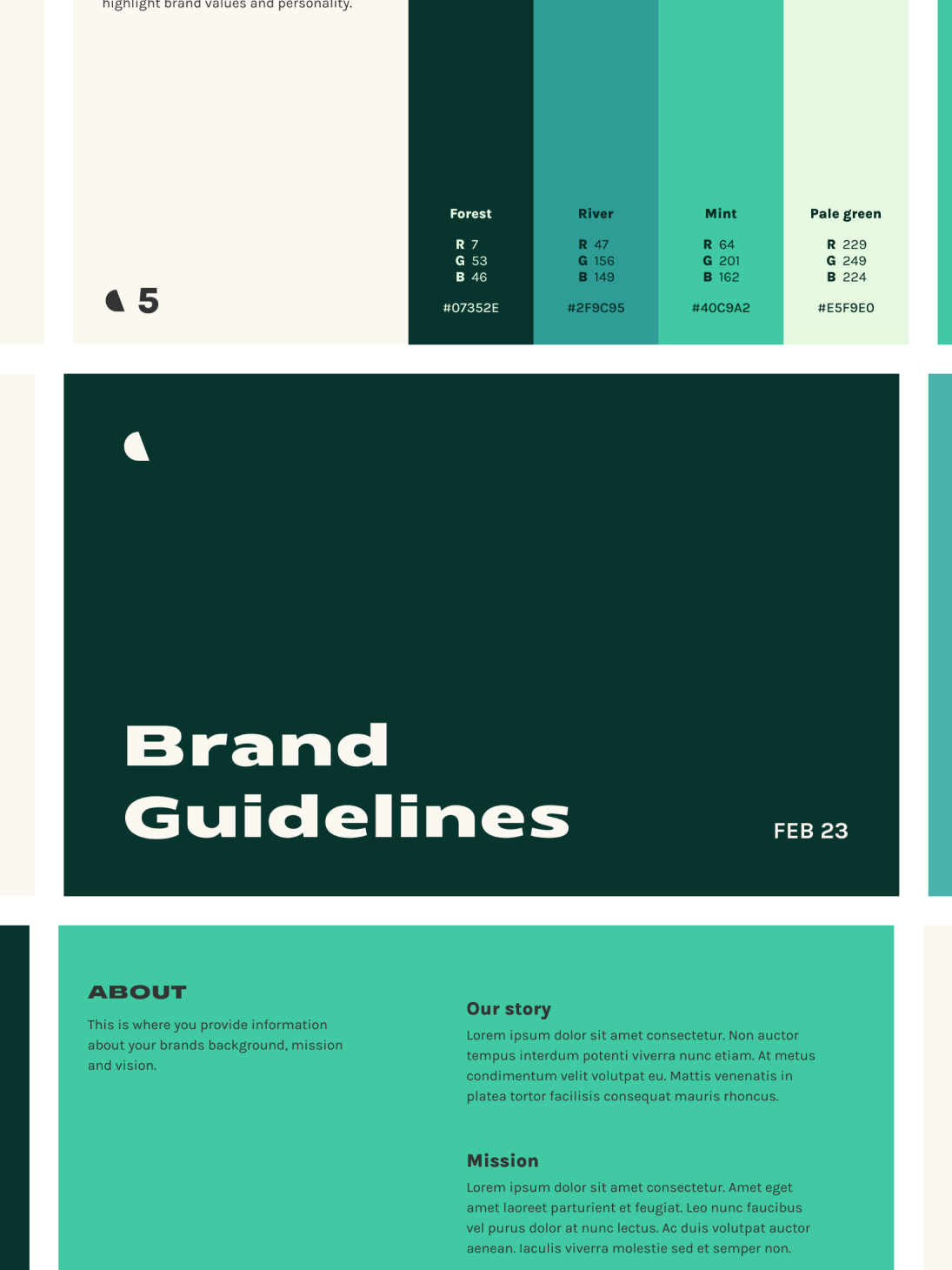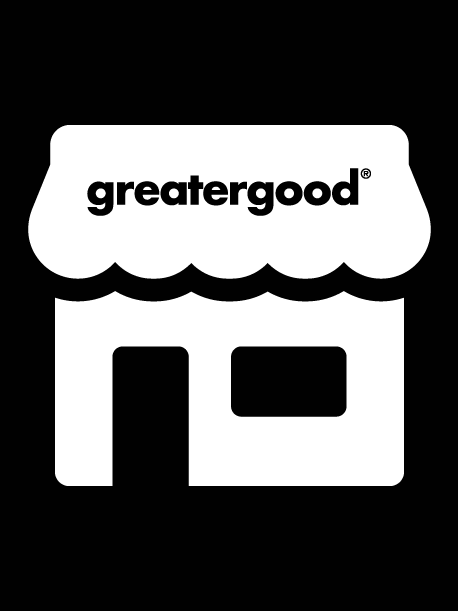When you’re operating on a limited budget, it’s essential to make every penny count. This is especially true for FMCG food & drink brands looking to drive marketing success while being mindful of their financial constraints.
In this post, we’ll share a list of budget-friendly ideas and strategies to help FMCG brands maximise their return on investment (ROI) for digital marketing, without breaking the bank.
Get ready to discover cost-effective ways to boost your brand visibility, engage your target audience, and drive sales.
1. Make sure you are leveraging the power of social media (if you aren’t, your competition are)
- Don’t try to do it all with no strategy in place – focus on social media platforms that align with your target audience demographics.
- Create compelling and shareable content that encourages user engagement.
- Collaborate with micro-influencers or brand advocates to amplify your reach.
- Participate in relevant industry-related social media discussions and hashtags.
- Run targeted advertising campaigns on platforms like Facebook, Instagram, Twitter, TikTok (or even Pinterest) to reach a wider audience.
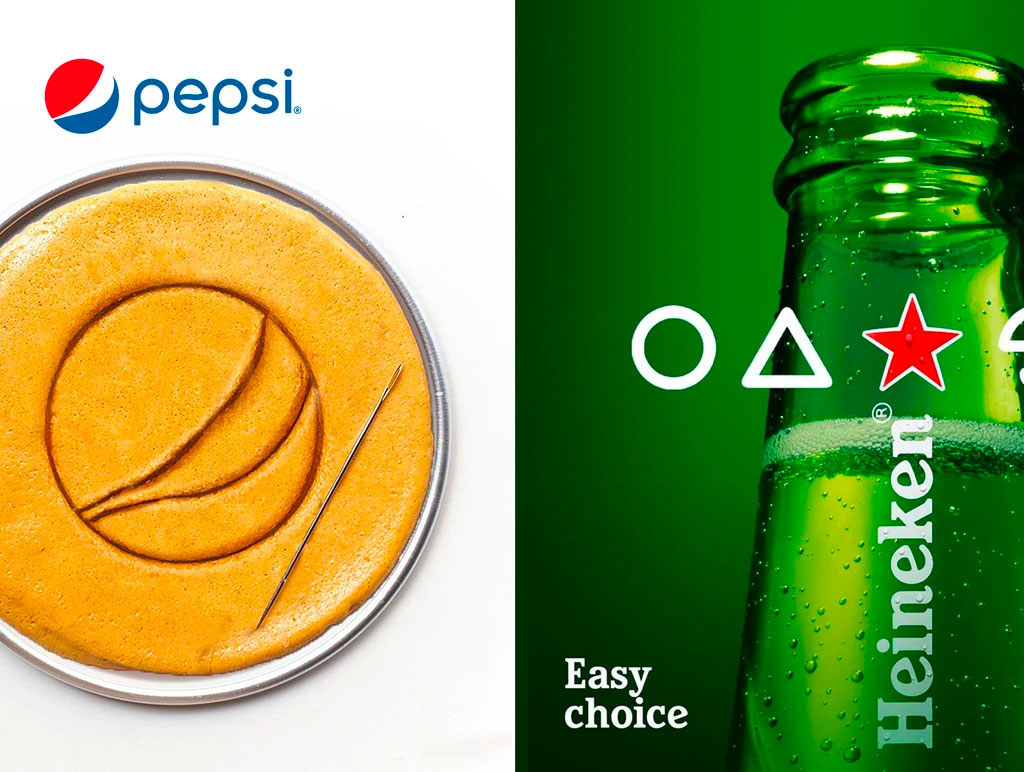
2. Harness the potential of UGC (User generated content)
- Encourage consumers to share their experiences and stories of your FMCG products.
- How are consumers using your product in a different way? What is it adding to their lives? What need state or friction is your brand solving for them?
- Host contests or giveaways that incentivize users to create UGC and promote your brand.
- Showcase UGC on your website, social media channels, and other marketing materials.
- Establish a branded hashtag and encourage customers to use it when sharing content.
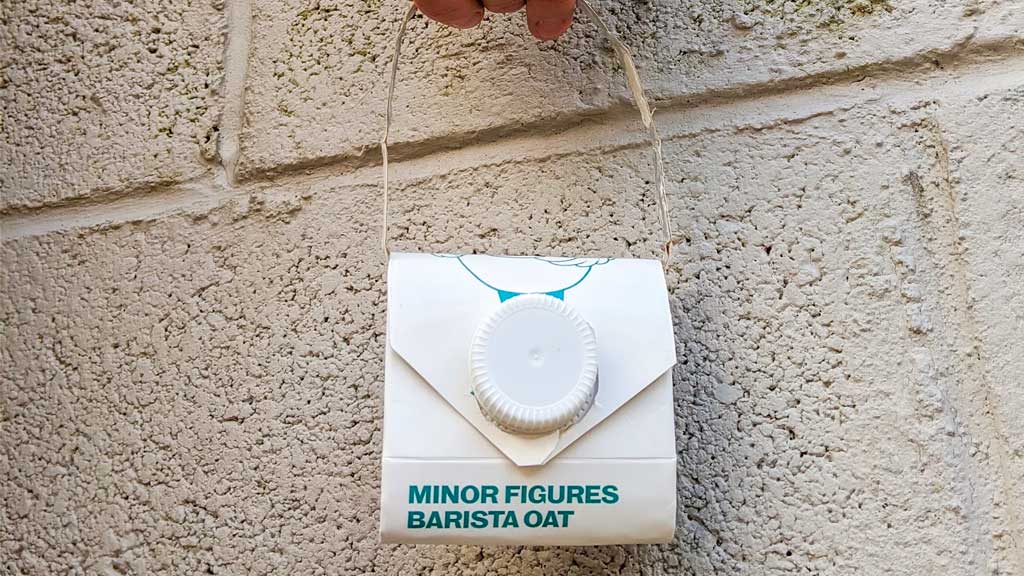
3. Collaborate with other brands and run cross promos
- Identify non-competing brands with a similar target audience and explore collaborative opportunities.
- In an ideal scenario – which brands would share basket space with you? Complimenting your own product offering (think: big night in, summer picnics etc…)
- Plan joint promotional campaigns or create co-branded content, giveaways and experiences.
- Cross-promote each other’s products or services through social media shout-outs, guest blog posts, or email newsletters.
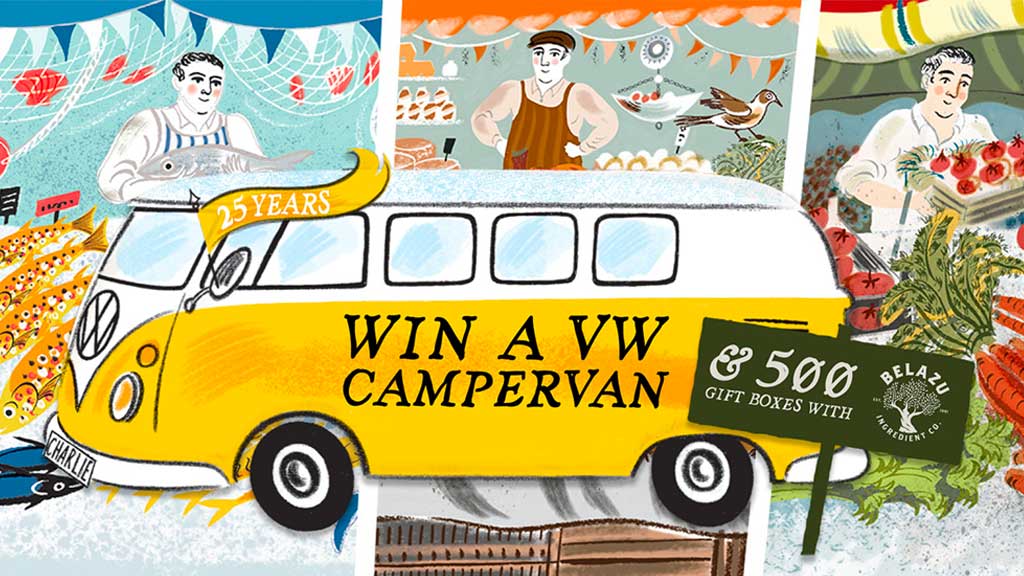
4. Optimise your website and SEO strategy
- Ensure your website is user-friendly, mobile-responsive, and optimized for search engines.
- Fix the “leaky bucket”, identify the weak parts of your website which are slowing down the path to purchase and ultimately making potential customers abandon the checkout.
- Conduct keyword research and incorporate relevant keywords into your website content.
- Generate valuable and informative blog posts related to your brand and product range.
- Focus on local SEO to target specific geographic regions and capture local customers.
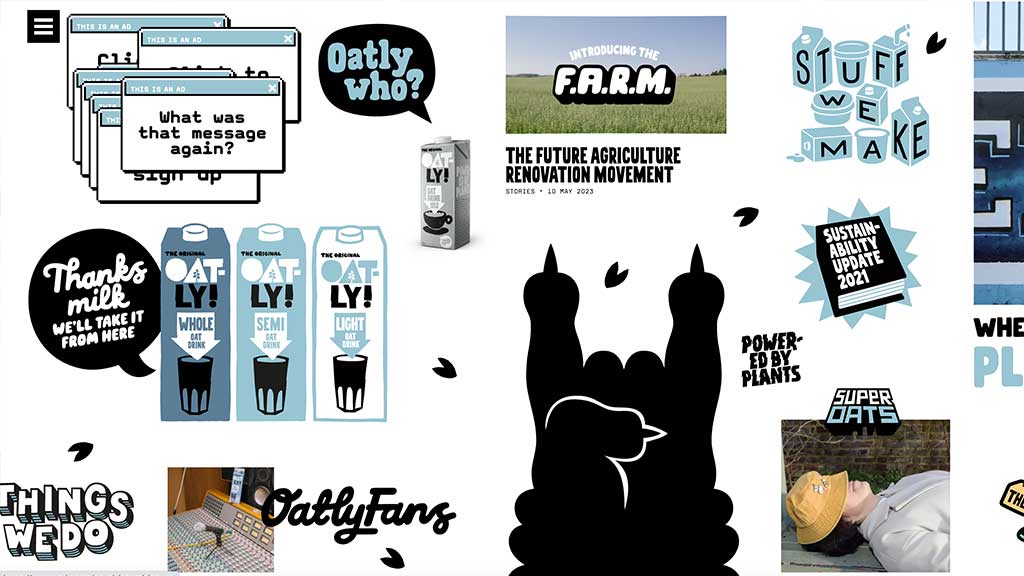
5. Make use of email marketing and build in data capture throughout your marketing activities
- Build an email list of customers who have purchased or may purchase in future.
- Create targeted email campaigns to nurture leads and drive repeat purchases.
- Provide exclusive offers, discounts, or personalised recommendations to subscribers.
- Use email automation tools to streamline the process and maximise efficiency (this can be easily done in Shopify, or tools like Klaviyo)
- Build in data capture throughout your marketing activations to ensure you are always gaining valuable details for your audience to stay engaged with your brand (outside of social channels).
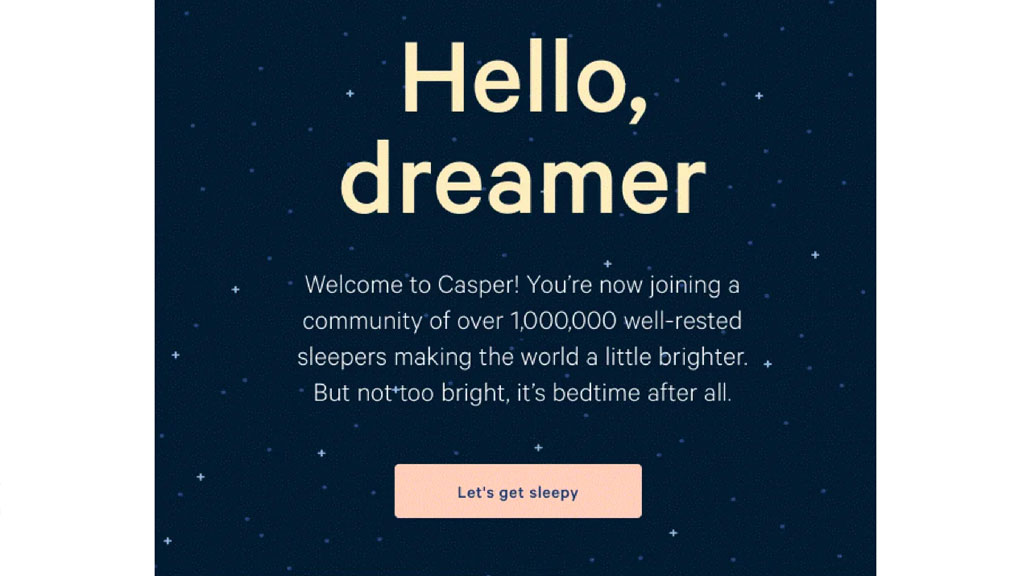
6. Tap into influencer marketing on a micro level
- Identify micro-influencers within your category who have engaged and loyal followers.
- Develop authentic relationships with these influencers and collaborate on sponsored content or reviews.
- Leverage their influence to generate buzz and reach a targeted audience without the high costs associated with macro-influencers.

7. Implement referral programmes
- Encourage satisfied customers to refer your brand to their friends and family.
- Offer incentives or rewards for successful referrals, such as discounts, freebies, or exclusive access to new products.
- Create a simple referral process and provide tools for customers to easily share your products with others.
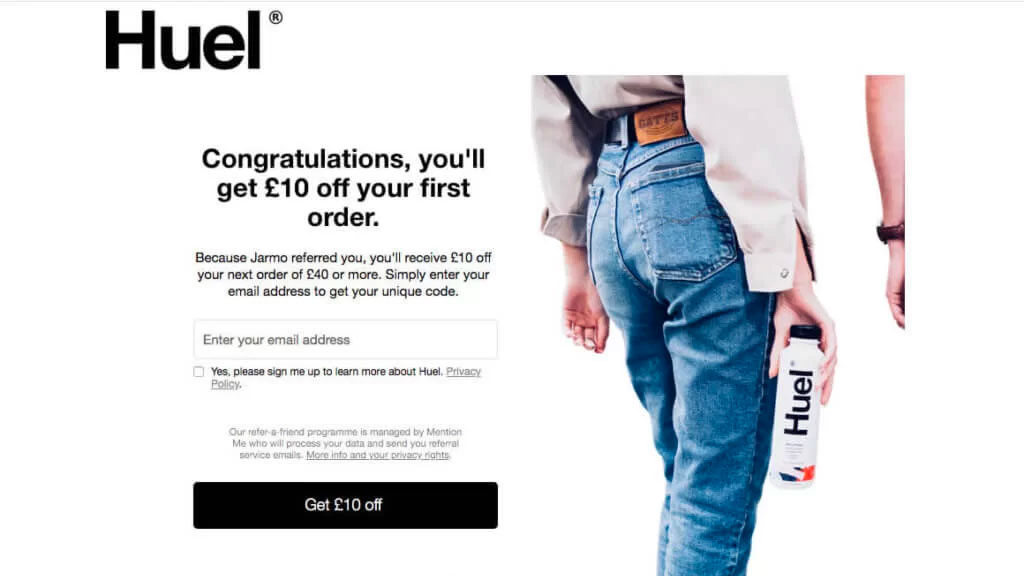
8. Engage with online groups and forums – finding your tribe
- Participate in relevant online communities, forums, or social media groups where your target audience gathers – can’t find any? Make your own!
- Provide valuable insights, answer questions, and share your expertise to establish yourself as a trusted category leader.
- Avoid overtly promotional tactics and focus on building genuine connections and credibility.
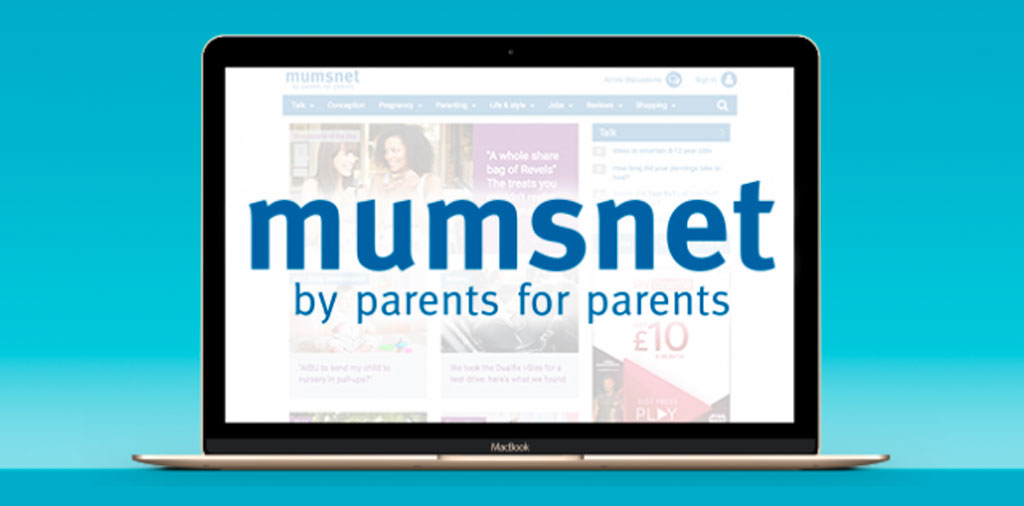
Remember, even with a limited budget, creative thinking, strategic planning, and targeted execution can help you achieve meaningful results in FMCG marketing. Adapt these ideas to suit your specific brand and audience, and continuously evaluate and optimize your efforts for maximum impact.
Are you looking for an FMCG digital marketing agency for your food and drink brand?
Get in touch to hear how we have worked with other clients across digital marketing, social, brand activations and more.

Greatergood Brands®
Daniel Hinde is the Founder & Creative Director of Greatergood Brands. Daniel has over 20 years commercial experience building brands for global household names and disruptive challenger brands.
Sign up to our building better brands newsletter
Free insights for scaling brands

